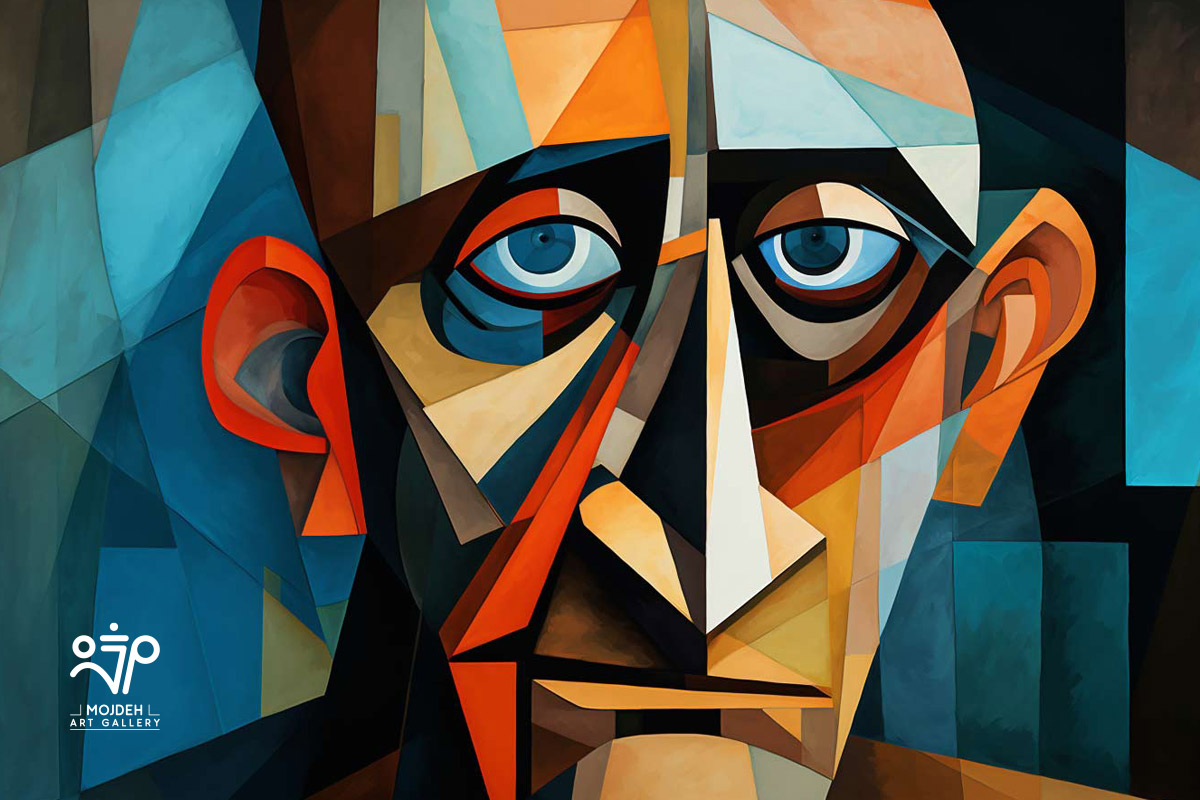Seeing Begins Before Words

Ways of Seeing:
Nothing can compare to the act of truly seeing the world around us. Human vision has evolved to help us understand, perceive, and comprehend the happenings in our world. In everyday language, "looking" and "seeing" are often used interchangeably; however, they actually carry different meanings:
Our perceptions, beliefs, and ways of seeing change over time. Seeing is a physical act; looking is accompanied by understanding. Looking takes time, while seeing happens quickly. We could say that "looking" is an active process, while "seeing" is a reactive process in response to what is presented before our eyes.
Looking is based on "how," and an image is a recreated or produced viewpoint. Regardless of the type of image, it is a simultaneous act of seeing and looking that is now visualized, but the perspective in the image belongs to its creator. They have chosen to address the subject from that particular angle.
An image is presented as a "work of art" when the viewer considers the following elements while looking at it:
beauty, truth, genius, civilization, form, taste, and so on.
These characteristics are hypotheses about art that influence society and people. Although in the contemporary era, some of these hypotheses may not align with a work of art.
The invention of photography was the invention of a mechanical eye that granted the viewer-photographer the ability to select a specific portion of a subject. A selection rooted in an unconventional way of looking, from a different angle.
An image is a gaze that is not limited by time or space but is contained within a vast range of gazes. The path of the gaze towards the image and the characteristics of this gaze lead to a new understanding of the world and its components, thus inviting a new and fresh world into our eyes. This new world is manifested both in the images and in the way we look at them.
The Impressionists presented the world as a dynamic and ever-changing entity, while the Cubists offered us a visual experience that simultaneously encompassed all possible perspectives in a single work.

In the past, images, patterns, and colors were considered part of a building's memory, revealing the building's inner life, soul, and visual expression to viewers. The visual arts employed in the structure of a building were its distinctive and unique characteristic.
Whenever we buy a work of art, we also bring home a new way of looking at the subject matter. This creates a similarity between the ownership of the work and the way of seeing it, which intertwine and give direction and meaning to our gaze. A work of art consists of components that are arranged in a specific way. Although these components may not have any special characteristics, they may seem ordinary, repetitive, and even commonplace; however, it is our gaze and way of seeing that transform them, as if these familiar and ordinary things have now found a new identity and expression.
Art can strengthen our empathy and capacity to feel a sense of unity with the world, the artist's mind, and the meaning behind the artwork. Through this connection, we can establish a vibrant and active link with the artist and other viewers.
On the Importance of Art and Viewing Art:
From an individual perspective, viewing a work of art and mentally analyzing it helps us grow and enhance the quality and process of our creativity. Seeing a piece of art activates critical thinking within us and strengthens our inner energy. On the other hand, art and the viewing of art in all its diverse forms can play a central role in bringing people together with a specific and common goal, creating human connections around the subject matter of the work or its execution, and facilitating discussions among individuals. This can create a small community with shared interests.
The ability to appreciate art has positive effects on our physical health and quality of life. Sometimes, art and artistic movements create change within a society and its tastes, and have the power to raise awareness about issues that affect a specific society or even multiple, distinct societies.
What are the methods of observing a work of art?
Art is one of the most captivating and influential ways that adds meaning to our lives and allows us to gain a better or newer understanding of the world we live in. This is an essential part of human culture because it allows us to gain a deeper understanding of our emotions and enhance our self-awareness. On the other hand, it opens our minds and senses to new visual and sensory ideas and experiences.

Strategies for Observing Artworks:
1- In the first step, prepare your mind to encounter the artwork. Set aside any preconceived notions and approach the piece with an open mind.
2- If possible, observe the artwork up close.
3- This step is crucial. Put yourself in the artist's shoes. Try to trace the path the artist took to arrive at their inspiration, thoughts, and conclusions about a particular event or subject. Understand how they executed the piece from start to finish.
4- Consider the materials, tools, techniques used by the artist, and why they made those specific choices.
It is also crucial to pay attention to the context in which the artwork was created, including the space, place, and time. This context involves research and analytical techniques. Researching the artist and understanding their thoughts and the era in which they lived helps us better comprehend their style, message, purpose, and feelings, as well as their artistic expression.
Observing a piece up close allows us to discern its details. Paying attention to the color palette and how colors are combined, examining shapes and lines (if the artwork is not entirely abstract and has a clear form), the relationship between shapes, the composition, and the presence or absence of texture all contribute to understanding the content.
Simply looking at modern art without analysis does little to help us understand and connect with these types of works.
Observing without preconceived notions or mental limitations allows us to persist in our efforts to understand and enjoy artworks.
Paying close attention to visual details and conducting a thorough analysis contributes significantly to our understanding of the artwork's aesthetics. After examining the details, it is beneficial to step back and view the entire piece, allowing for a fresh perspective.
Farahnaz Hamedanizadeh
